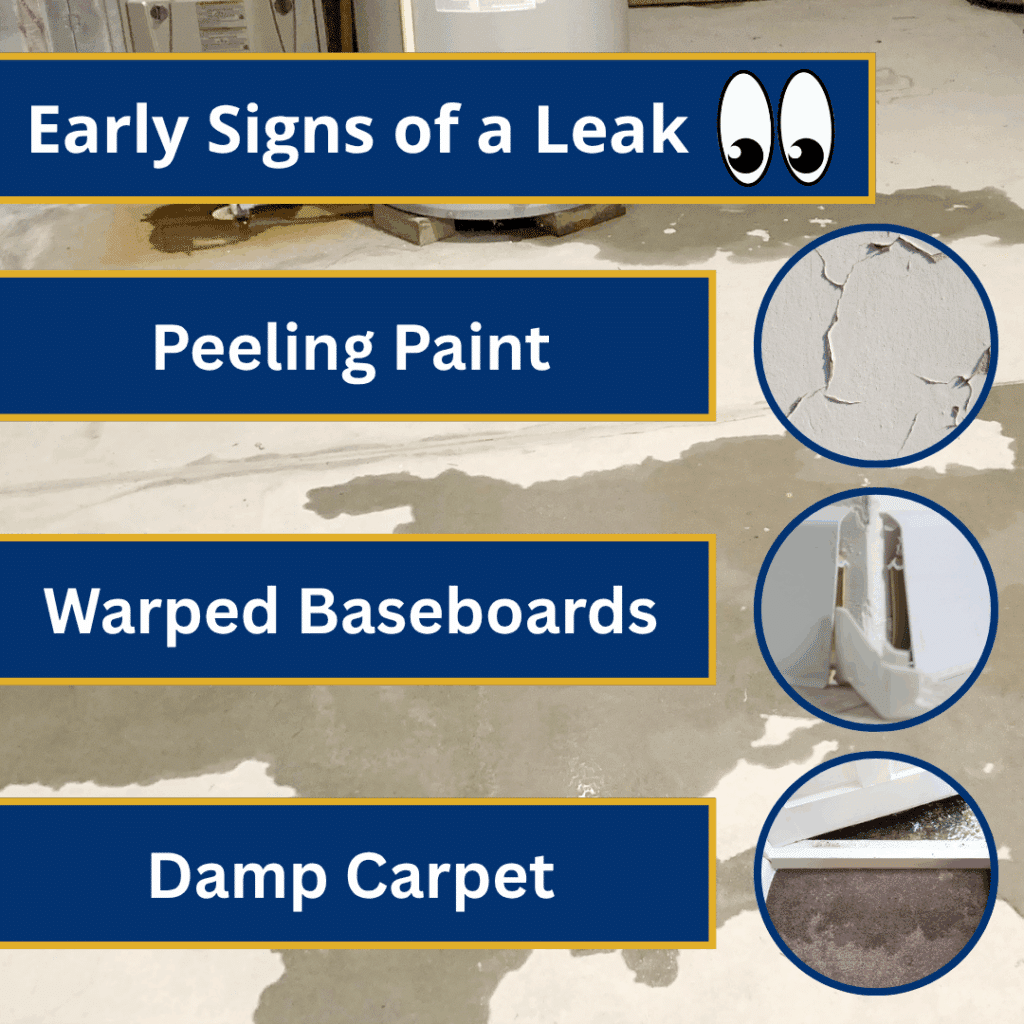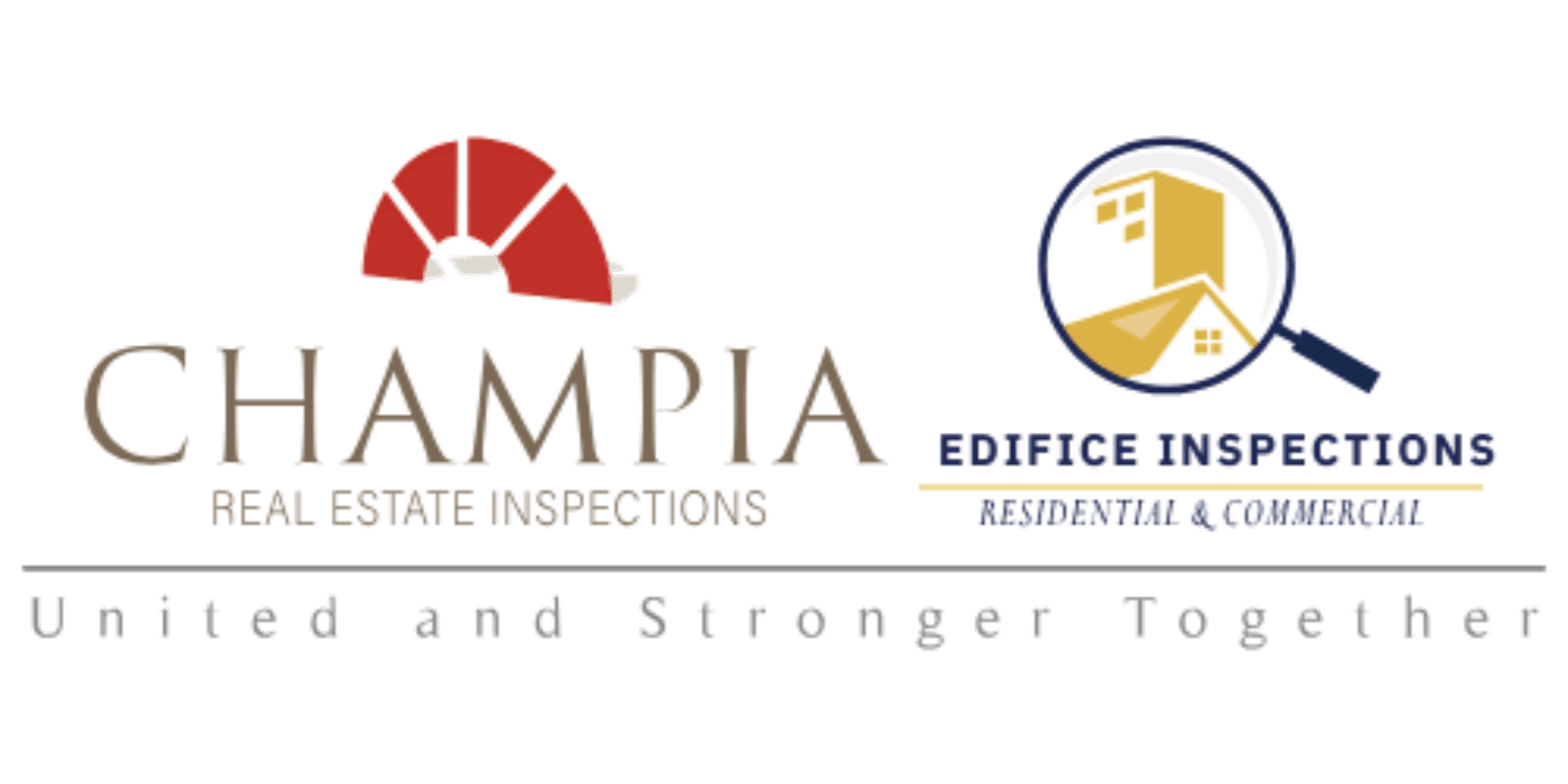Mold in the basement or crawl space is a common problem for homeowners throughout the Northern Atlanta area. Our region has hot, humid summers, sudden storms, and high moisture levels during the spring and fall.
This mix makes basements one of the first places mold can take hold. And because many homes in areas like Alpharetta, Roswell, and Woodstock have finished or partially finished crawl spaces and basements, mold growth can affect both comfort and property value.
The good news is that basement and crawl space mold is usually preventable when you understand how moisture enters a basement and how to remove it. This guide walks through clear, simple steps to prevent mold in the basement and protect your home year-round.
What Causes Mold in a Basement?
Mold forms when moisture and poor airflow combine, which is why basements are vulnerable.
Understanding the source of moisture helps you stop mold early. In Northern Atlanta homes, the following issues are the most common:
High Humidity from Seasonal Weather
Our local climate is humid for most of the year. When warm outdoor air meets the cooler basement environment, moisture turns into condensation on walls, floors, and pipes. Even a small amount of condensation repeated daily can support mold growth.
Poor Ventilation
Basements typically have less airflow than upper floors. HVAC systems may not circulate air well in lower levels, and older homes may not have air returns at all. Stagnant air keeps moisture trapped for long periods, giving mold a chance to spread.
Plumbing Leaks and Hidden Moisture
Basements often house water heaters, washing machines, and main plumbing lines. Even a slow drip from a water heater valve or a worn-out hose can create a damp environment behind walls or under floors.
Foundation Cracks and Water Seepage
Homes in Northern Atlanta often sit on clay-heavy soil. Heavy rain can push water toward the foundation. If the soil holds water after storms, moisture can seep through tiny cracks, even if the basement never fully floods.
Building Materials That Hold Moisture
Basements often store cardboard boxes, books, wood furniture, or unused construction materials. These absorb water easily and become mold hotspots.
Common Moisture Sources and Solutions
| Moisture Source | Signs to Watch For | Simple Prevention Tips |
| High humidity | Condensation on windows or pipes | Use a dehumidifier; increase airflow |
| Plumbing leaks | Wet spots, dripping, rust, stains | Repair leaks quickly; check hoses yearly |
| Foundation seepage | Musty odor, damp walls, white residue | Improve drainage; seal cracks |
| Poor ventilation | Stale air, warm pockets, lingering odors | Add fans or vents; connect to HVAC |
| Storage materials | Mold on boxes, damp books, musty smell | Use plastic bins; raise items off floor |
Crawl Spaces and Mold: Why They Matter for Basement Moisture
Moisture in the crawl space can travel upward and lead to mold in the basement.
Crawl spaces are common in many Northern Atlanta neighborhoods, especially older communities with mixed crawl space-and-basement layouts. Even if your crawl space and basement are not directly connected, they share airflow patterns, especially during warm months.
Why Crawl Spaces Become Damp
- Dirt floors release natural ground moisture
- Vent openings bring in warm, humid air
- Insulation absorbs moisture and sags
- Rainwater collects under the home
- HVAC ducts may sweat in summer heat
Once moisture builds up, mold spreads across exposed wood, insulation, and floor joists.
Preventing Mold in Basements and Crawl Spaces
You can protect both the crawl space and the basement with simple steps:
- Install a vapor barrier over the ground
- Remove wet insulation and replace it with moisture-resistant options
- Redirect gutters and improve yard drainage
- Seal or encapsulate the space
- Install a crawl space dehumidifier
- Ensure plumbing lines are properly wrapped and not dripping
If your basement or crawl space constantly feels damp, a professional inspection is the best next step.
Control Humidity to Prevent Basement Mold
The Environmental Protection Agency says to keep humidity under 50 percent to stop mold from taking hold.
Humidity is one of the biggest challenges in Northern Atlanta basements. Because our area stays humid much of the year, household moisture can stay trapped indoors.
Use a Basement-Grade Dehumidifier
Choose a model designed for large spaces. Many basements in our region measure between 800 and 1,500 square feet, so a compact model made for bedrooms will not work well.
Tips:
- Set to 45 to 50 percent humidity
- Empty the reservoir or connect it to a drain
- Run the unit most of the year, especially from March through October
Improve Airflow
When the air is moving, moisture dries faster.
Try:
- Leaving interior doors open
- Adding small fans to problem corners
- Installing additional air returns
- Running ceiling fans upstairs to encourage circulation
Check for Condensation
Condensation means the humidity is too high. Look for:
- Foggy basement windows
- Damp areas on walls
- Water droplets forming on cold pipes
Wrapping pipes with foam sleeves helps reduce condensation.
Fix Water Leaks Before Mold Develops
Leaks feed mold faster than anything else, so fixing them early is key.
Basements house many plumbing components. A hidden leak can soak into wood framing or drywall, where mold grows unseen for weeks.

Common Leak Risks in Northern Atlanta Basements
Basements in our area often include plumbing and mechanical systems that age over time or get stressed by frequent temperature swings.
Top leak risks include:
- Old copper plumbing pipes
Homes built before the mid-1990s often have copper pipes that corrode or develop pinhole leaks. - Water heaters over 8 to 10 years old
Valves, joints, and tanks can drip slowly before a full failure occurs. - Washing machine hoses
Rubber hoses crack and loosen, especially in colder basements. - HVAC condensation lines
These can clog or back up if filters are dirty or the AC works overtime. - Sump pump discharge lines
When pumps work hard after heavy storms, the discharge line may leak. - Exterior drainage pushes water inside
Poor yard grading or short downspouts may cause seepage through foundation walls.
Early Signs of a Leak
Leaks aren’t always obvious. Many start small, hidden behind walls or under appliances.
Watch for:
- Soft, damp spots on carpet or flooring
- White, powdery residue on cement (efflorescence)
- Peeling or bubbling paint near the floor
- Rust forming on appliances or pipe joints
- A musty smell that grows stronger in one area
- Warped baseboards or wood trim
- Small puddles forming after running appliances
Fixing leaks early prevents mold growth inside walls or under flooring, where it can spread quietly and cause costly damage.
Improve Basement Ventilation
Fresh air is one of the easiest ways to reduce moisture and keep mold from growing.
Basements lack airflow because they sit underground and may not tie into the home’s main HVAC system effectively.
Easy Ways to Improve Ventilation
- Install a vent or duct to connect to your home’s HVAC
- Add exhaust fans in workrooms or laundry corners
- Open windows during low-humidity hours, usually mid-morning on cooler days
- Use portable fans to move air through quiet corners
Even in finished basements, ventilation upgrades can be simple and inexpensive.
Keep Your Basement Clean and Dry All Year
A well-organized basement drains, dries, and breathes better.
Clutter blocks airflow, traps moisture, and hides early signs of mold.
Smart Basement Storage Tips
- Replace cardboard with plastic bins
- Store seasonal items on shelves
- Keep belongings at least 4 inches off the floor
- Donate or toss items you no longer use
- Clean spills immediately
- Avoid storing firewood or paper products indoors

Waterproofing Options That Protect Your Basement Long Term
Waterproofing stops water at the source and protects the basement year-round.
Some homes in Northern Atlanta only need small fixes. Others may need full waterproofing depending on how much water reaches the foundation.
Interior Waterproofing Options
Interior waterproofing works from the inside and is ideal when water is entering through walls or floors.
Examples include:
- Interior drain tiles
Channels installed under the floor that move water to a sump pump. - Sump pump installation
Pumps collect and remove water from the foundation. - Waterproof wall coatings
Paint-like coatings help resist moisture on interior walls. - Vapor barriers behind finished walls
Plastic barriers reduce moisture transfer from concrete. - French drains inside the basement
Designed to collect water that enters from below.
Interior solutions help manage water already inside the basement.
Exterior Waterproofing Options
Effective strategies include:
- Regrading the soil
Ensures the yard slopes away from the foundation. - Installing French drains outside
Channels move groundwater away from the foundation walls. - Extending downspouts
Downspouts should extend at least 6 feet away from the home. - Cleaning gutters regularly
Gutters that overflow can push water directly into the soil around your foundation. - Applying foundation sealants
Exterior membranes or sealants help block moisture from entering. - Repairing or replacing damaged exterior drain pipes
Older homes may have clay or corrugated pipes that fail over time.
Exterior waterproofing is the strongest long-term solution, especially for homes that stay damp after storms.
Related Questions
What does mold in the basement smell like?
It usually smells earthy, damp, or similar to wet leaves. Strong odors often mean mold is more widespread than it appears.
How fast does mold grow after a leak?
Mold can begin forming within 24 to 48 hours if conditions are warm and wet.
Is it safe to stay in a house with basement mold?
Small areas can be cleaned safely. Larger patches of mold behind walls should be inspected by a professional to determine severity.
Should I test for mold or call an inspector?
Call an inspector if there is a persistent musty odor, standing water, recurring moisture, visible mold, or a recent flood or leak.
Do home inspections include mold checks?
A home inspection identifies visible mold and moisture concerns. For full analysis, mold inspections provide lab testing and detailed reports.
When To Call a Professional
You should call a professional when:
- Mold keeps returning
- Humidity stays high even with a dehumidifier
- The basement floods
- You see new dark stains or fuzzy patches on walls
- You plan to sell or buy a home
- There are health concerns related to indoor air
Edifice Inspections can evaluate the basement and crawl space, test for mold, and locate moisture problems so you know exactly what repairs you need.
Conclusion
Preventing mold in the basement is easier when you understand how moisture enters the space. By controlling humidity, fixing leaks, managing crawl space moisture, improving ventilation, and keeping the area clean, you can protect your Northern Atlanta home from mold year-round.
If you ever feel unsure about moisture levels or mold growth, Edifice Inspections is here to help with professional mold inspections and moisture evaluations. A healthier, safer basement starts with early detection and simple steps you can take today.

